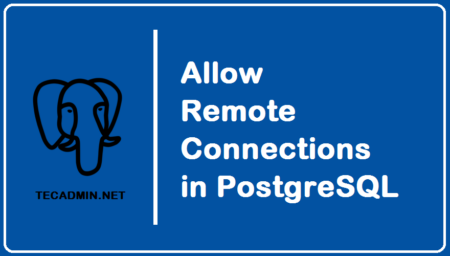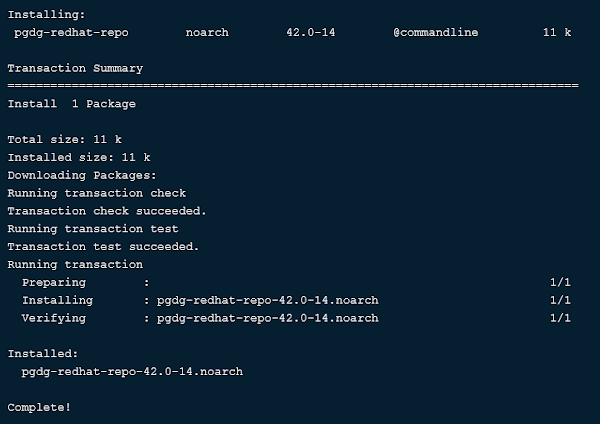
To access remote systems, do the following.Įdit file /etc/httpd/conf.d/nf: vi /etc/httpd/conf.d/nf Use upper and lower cases properly as shown in the above command.īy default, you can access phppgadmin using from your local system only. Now, Install phpPgAdmin, enter the following command: yum install phpPgAdmin httpd Update the repository using command: yum update Or, simply enter the following command: yum install epel-release Install EPEL repository on CentOS/RHEL/Scientific Linux 6.If you didn’t add PostgreSQL repository, you should add EPEL repository.įollow the below link to install EPEL repository on CentOS 6.x. PhpPgAdmin is available only in PostgreSQL RPM repository.

PhpPgAdmin is a web-based administration utility written in PHP for managing PosgreSQL. Restart postgresql service to save changes: On CentOS 6.x systems: /etc/init.d/postgresql-9.4 restart On CentOS 7 systems: systemctl restart postgresql-9.4 Manage PostgreSQL with phpPgAdmin Uncomment both lines, and set the IP address of your postgresql server or set ‘*’ to listen from all clients as shown below: listen_addresses = '*' To allow to connect users from another computers, Edit file /var/lib/pgsql/9.4/data/nf: vi /var/lib/pgsql/9.4/data/nf

Restart postgresql service to apply the changes: On CentOS 6.x systems: service postgresql-9.4 restart On CentOS 7 systems: systemctl restart postgresql-9.4 Configure PostgreSQL-Configure TCP/IPīy default, TCP/IP connection is disabled, so that the users from another computers can’t access postgresql. # "local" is for Unix domain socket connections only To do that, edit /var/lib/pgsql/9.4/data/pg_hba.conf file: vi /var/lib/pgsql/9.4/data/pg_hba.confĪdd or Modify the lines as shown below

MD5 authentication requires the client to supply an MD5-encrypted password for authentication. To delete a user, enter the following command: $ dropuser Configure PostgreSQL-MD5 Authentication


 0 kommentar(er)
0 kommentar(er)
